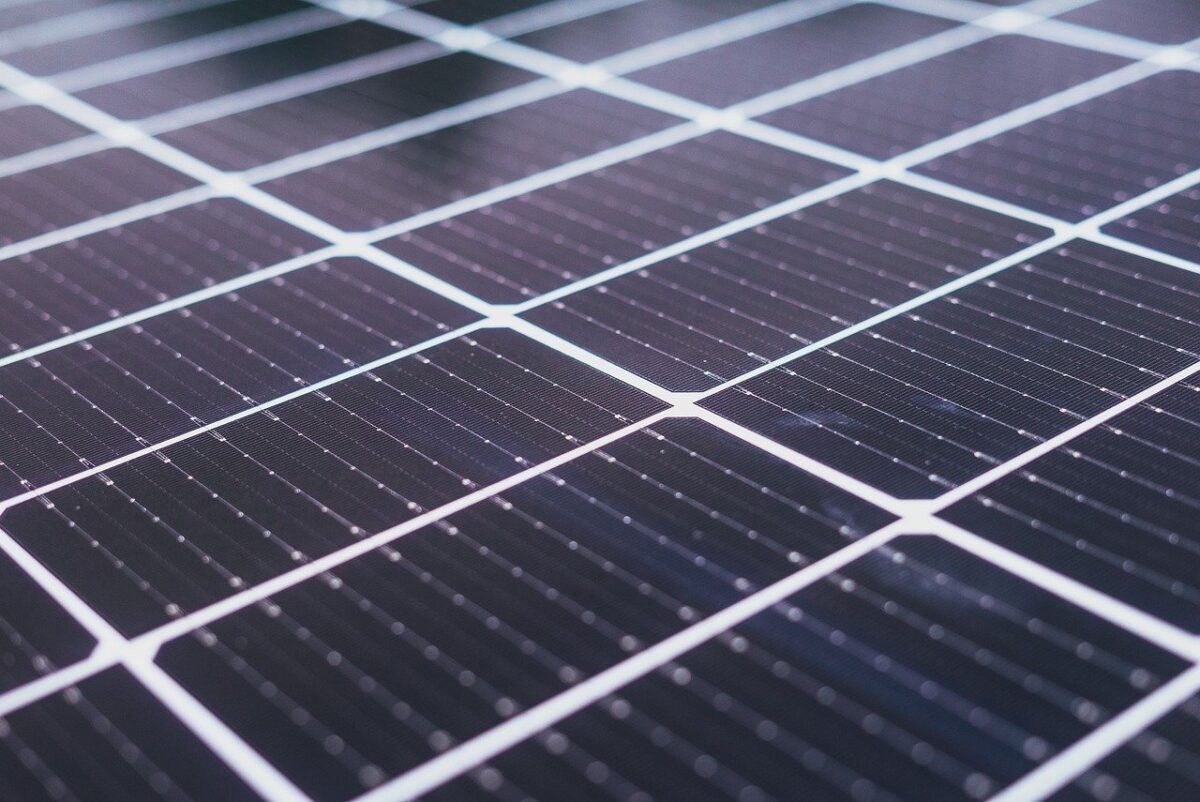From pv magazine Global
Solar module prices may approach the threshold of USD 0.10/W by the end of 2024 or eventually in 2025, according to Tim Buckley, director of Australia-based think tank Climate Energy Finance (CEF).
“This would be nicely ahead of Dr. Martin Green’s USD 0.10/W by 2030 forecast made three years back,” he told pv magazine, adding that he came to this conclusion after estimating that new annual PV additions may reach between 600 GW and 1 TW already by the end of this decade. “I am very bullish on the rate of global growth in solar installs over the next few years. Putin’s invasion of Ukraine has reminded everyone of the need for supply chain and energy security, particularly in terms of imported energy reliance.”
Buckley also noted the likely new climate accord by Chinese President Xi Jinping and US President Joe Biden, might see a formal call for a tripling of renewables capacity globally by 2030.
“At a time of massive capital investment cost blowouts, to be able to invest in deflationary solar is a massive global boon that will provide cost of living pressure relief as well as improved energy security,” he said.
Overcapacity issues
Buckley said price pressure will increase due to the staggering capacity increases announced by the PV industry at the global level, although he questioned a recent forecast by the International Energy Agency (IEA) in its recent World Energy Outlook 2023, which claimed that the world’s cumulative installed solar capacity could reach 2 TW by 2025.
“I find the IEA assumption that the Chinese will run their brand new factories just 35% of the time as ludicrous,” he added. “As this new capacity is brought online for a full year, I would expect the IEA figures to be undercooked by over 50% in terms of global annual solar installs.”
Buckley estimates that solar module prices will end up dropping by 40% this year.
“This will give many investors in the US, India, EU and China good reasons to pause or rethink their financial assumptions that underpinned their announcements of massive capacity expansions,” he said. “Against this, both the US and India have 40% solar module import duties against Chinese products, so they are largely insulated from excessive price competition, and share the cost savings of the 70% decline in polysilicon price over the last year as well.”
Rapid deflation and excessive price pressures, on the other hand, may soon lead to the closure of old technology, sub-scale solar manufacturing facilities, both in China and globally.
“Old facilities simply can’t compete with the scale advantages nor the new technology investments of the world leading firms in this sector, almost all of which are Chinese,” said Buckley.
New cycle
Describing this new industry cycle for the solar PV technology, Buckley said it is different from previous ones, as solar is now the cheapest electricity, which is disrupting incumbent industry competitors.” This means finance will rapidly flee from investing in any new thermal power capacity in the electricity sector globally,” he said.
The analyst is convinced that finance won’t just flee for environmental, social and governance (ESG) issues or moralistic or climate reasons, but it will flee nonetheless because it will not provide new financing to inevitably stranded assets, particularly with the concurrent rapid scaling up of battery energy storage and EVs.
“This time is different because of the convergence of power-industry-transport markets,” Buckley said.
Tim Buckley is the main author of “Solar pivot: A massive global solar boom is disrupting energy markets and speeding the transition,” which was published by CEF in June. There, Buckley and his colleagues said they estimated solar electricity costs to drop 10% annually for the rest of this decade, halving by 2030. The report also provides detailed information on the operating and planned capacity of the global PV supply chain.
This content is protected by copyright and may not be reused. If you want to cooperate with us and would like to reuse some of our content, please contact: editors@pv-magazine.com.









Decreasing prices is solar panels reducing dependency on the grid. And even getting better.